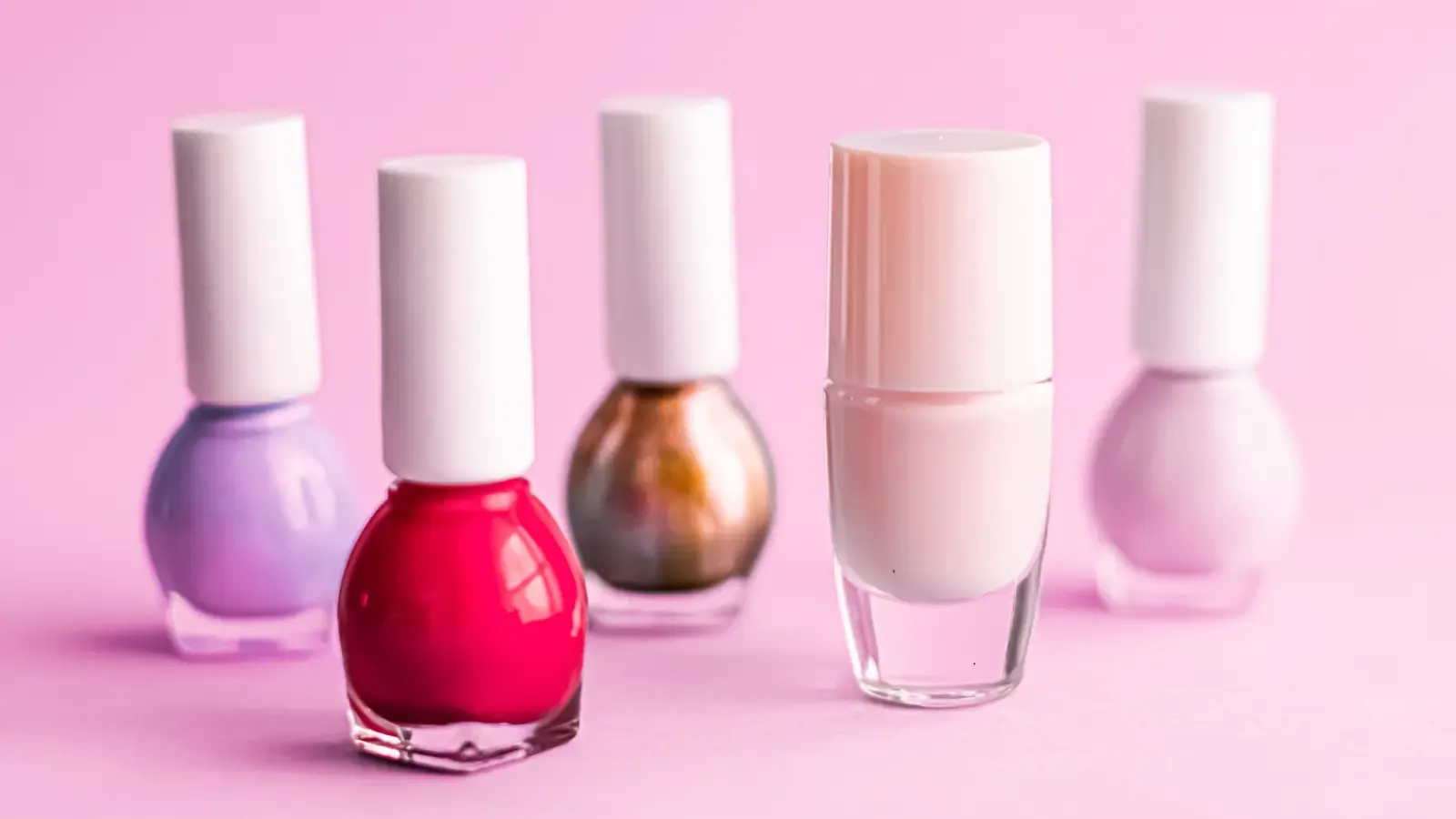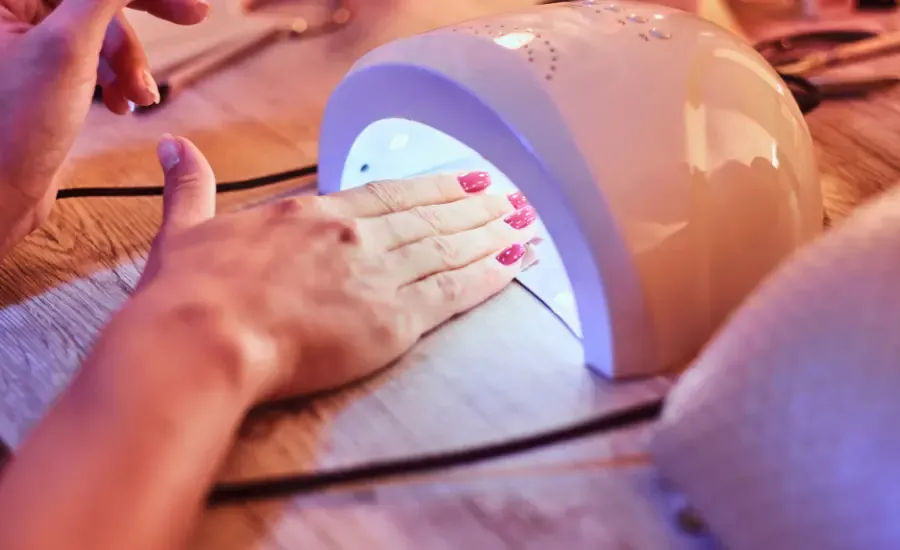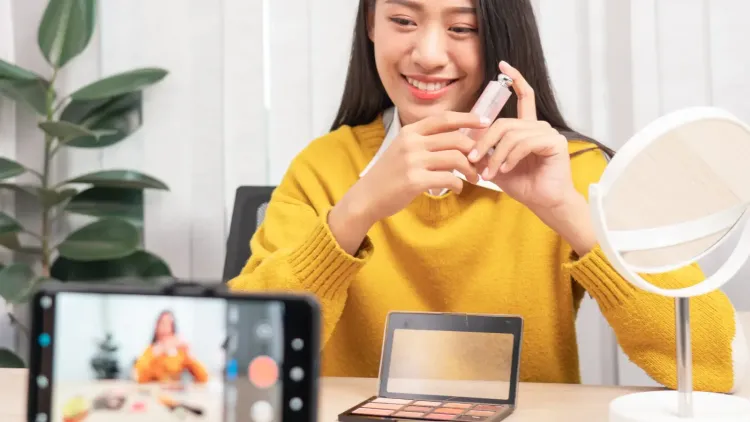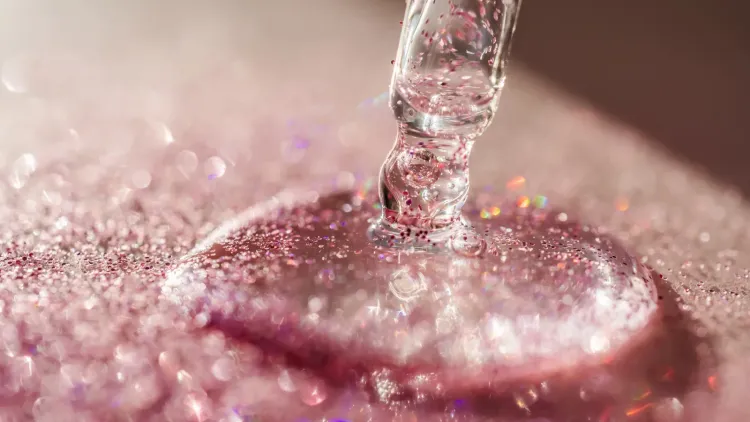
Europe Just Banned Your Favorite Gel Manicure Ingredient – Here's What Every Working Woman Needs to Know
As of September 1, 2025, the European Union has officially banned a key ingredient in gel nail polish, sparking conversations about beauty safety standards worldwide. Here's everything you need to understand about this game-changing decision.
If you're like most working women, your gel manicure is probably one of your non-negotiable beauty rituals. There's something undeniably empowering about walking into that Monday morning meeting with perfectly polished nails that won't chip for the next two weeks. But as of this month, the European Union has officially banned the sale, marketing, and use of gel nail polishes containing trimethylbenzoyl diphenylphosphine oxide (TPO), a chemical that gives your favorite gel polish its signature ultra-glossy finish and rapid curing time.
This is a significant shift that could reshape the beauty industry and has serious implications for your nail routine, whether you're in Europe or not.
What Exactly Is TPO and Why Should You Care?
Let's start with the basics. TPO (trimethylbenzoyl diphenylphosphine oxide) is a chemical that gives gel polish its ultra-glossy finish and rapid LED/UV curing time. Think of it as the behind-the-scenes magic that transforms your nails from wet polish to salon-perfect shine in just 30 seconds under those UV lamps.
TPO isn't in every gel formula, but it's common enough that the beauty industry took notice. This means that while not every gel polish in your collection contains TPO, many popular brands and formulations do – especially those promising extra shine or quick-cure benefits.
The ingredient has been classified by European regulators as a substance of very high concern, specifically classified as 'carcinogenic, mutagenic or toxic to reproduction'. That's regulatory speak for: this chemical could potentially cause cancer, alter genetic material, or harm fertility and reproductive health.
The Health Concerns That Sparked the Ban

The EU's decision didn't happen overnight. Studies linked the chemical to long-term fertility issues, prompting European health authorities to take a precautionary approach to public safety.
TPO was classified as a reproductive toxicant (1B) and skin sensitizer (1B), meaning it could potentially harm fertility and cause allergic skin reactions. For women in their childbearing years – which encompasses many of us in the workforce – this classification raises legitimate concerns about regular exposure through our beauty routines.
It's important to note that the EU ban of TPO is based on animal studies, so the fertility risks in humans cannot be definitively concluded. However, the European approach to cosmetic regulation has always leaned toward the precautionary principle: when in doubt about safety, err on the side of protecting consumers.
The health concerns aren't limited to fertility, either. TPO has been linked to skin sensitization, which means repeated exposure could lead to allergic reactions. For those of us who get gel manicures regularly – perhaps every two to three weeks – this cumulative exposure becomes a relevant consideration.
What This Means for Your Beauty Routine
If you're in Europe, the implications are immediate and clear. From September 1, 2025, both placing and making available on the market of cosmetic products containing TPO are prohibited. This means you won't be able to purchase TPO-containing gel polishes, and TPO-containing products that were already in circulation may also no longer be used by professional salons.
But even if you're not in Europe, this ban has global implications. Many international beauty brands reformulate their products to meet EU standards rather than maintaining separate product lines for different markets. This means the ripple effects of Europe's decision could reach your local nail salon sooner than you think.
For the immediate future, if you're outside Europe, you can still access TPO-containing gel polishes. However, the U.S. hasn't followed suit with similar restrictions, creating a regulatory gap that leaves American consumers to navigate these safety considerations on their own.
The Professional Salon Perspective
The ban presents unique challenges for nail technicians and salon owners. Salons must switch to TPO-free gel polish lines before September 2025. Non-compliance could result in penalties and loss of customer trust.
This transition period has created both opportunities and challenges. Progressive salons are viewing this as a chance to upgrade their product offerings and demonstrate their commitment to client safety. Others are grappling with the costs of replacing inventory and retraining staff on new formulations.
For clients, this might mean slight changes in your manicure experience. TPO-free formulations may require different curing times or techniques, and the final finish might vary slightly from what you're accustomed to. However, many beauty brands have been working on alternative formulations that maintain the quality and durability you expect from gel manicures.
Safer Alternatives and What to Look For
The good news? This transition offers opportunities to choose better formulas for staff and clientele. Beauty brands haven't been sitting idle – many have been developing TPO-free alternatives that maintain the performance characteristics we love about gel polish.
When choosing your next gel manicure or at-home system, here are some things to consider:
Ask the Right Questions at Your Salon
- Does this gel polish contain TPO?
- What photoinitiators are used instead?
- How does the curing time compare to TPO-containing formulas?
- Are there any differences in longevity or finish?
For DIY Enthusiasts
- Look for brands that explicitly market themselves as TPO-free
- Research alternative photoinitiator systems
- Consider this an opportunity to try new brands that prioritize safety
Read Labels Carefully: While cosmetic ingredient lists can be intimidating, looking for "trimethylbenzoyl diphenylphosphine oxide" or "TPO" can help you make informed choices.
The Bigger Picture: Beauty Industry Standards
This ban represents a broader conversation about safety standards in the beauty industry. Europe has consistently led the way in cosmetic regulation, having banned over 1,300 ingredients in cosmetics compared to just 11 banned ingredients in the United States.
This regulatory difference creates a dynamic that is particularly interesting. We're often pressed for time, relying on efficient beauty routines that help us look and feel professional. The question becomes: should convenience and performance come at the potential cost of long-term health?
The TPO ban also highlights the importance of transparency in the beauty industry. Many consumers had never heard of TPO before this ban, despite using products containing it regularly. This situation highlights the importance of brands that prioritize ingredient transparency and effective safety communication.
What This Means for Global Beauty Trends

The ripple effects of this ban extend beyond nail polish. It signals a shift toward more rigorous safety standards that could influence product development across all beauty categories. Brands are increasingly recognizing that modern consumers – particularly educated, professional women – want both performance and safety in their beauty products.
This trend aligns with the broader wellness movement that many working women have embraced. Just as we've become more conscious about the ingredients in our food and skincare, the same scrutiny is extending to color cosmetics and nail products.
The ban also presents opportunities for innovation. Beauty brands are investing in research and development for safer photoinitiators and curing systems. This could lead to breakthrough technologies that deliver even better performance than current formulations.
Practical Steps for the Gel Nail Enthusiasts
So what should you do with this information? Here are some practical recommendations:
Immediate Actions
- If you're in Europe, discuss TPO-free options with your nail technician
- If you're elsewhere, consider making the switch proactively
- Research brands that have already transitioned to TPO-free formulations
Long-term Considerations
- View this as an opportunity to reassess your entire nail care routine
- Consider whether the frequency of your gel manicures aligns with your overall wellness goals
- Stay informed about ongoing developments in nail product safety
Questions to Ask Yourself
- How important is the specific finish and curing speed that TPO provides?
- Are you comfortable with the potential risks based on current research?
- What role does the precautionary principle play in your personal beauty choices?
The Future of Nail Care
This ban isn't the end of gel manicures – it's the beginning of a new era in nail care safety. The beauty industry has consistently shown its ability to adapt and innovate in response to regulatory changes and consumer demands.
Many brands have been preparing for this transition for months, if not years. The result is likely to be a new generation of gel polishes that maintain the durability, shine, and convenience we love while addressing the safety concerns that prompted the ban.
For professional women who rely on polished nails as part of their workplace presentation, this transition period might require some patience and experimentation. However, it also represents progress toward beauty products that don't require us to compromise our long-term health for short-term convenience.
Your Beauty, Your Choice
The TPO ban in Europe serves as a reminder that our beauty choices extend beyond personal preference – they're also health decisions. As women, we make countless decisions daily about what we put in and on our bodies, from our morning coffee to our evening skincare routine.
This situation empowers us to be more informed consumers and to expect better from the beauty industry. Whether you choose to switch to TPO-free products immediately or take a wait-and-see approach, the key is making that choice from a place of knowledge rather than ignorance.
The beauty industry has always been about enhancement and self-expression, but it's evolving to prioritize safety alongside performance. This evolution allows us to maintain our professional appearance without compromising our health – and that's a trend worth supporting.
As we navigate this transition, remember that small changes in our beauty routines can contribute to broader industry improvements. Every time we choose safer products or ask informed questions at salons, we're voting for a beauty industry that values our long-term wellbeing as much as our immediate satisfaction.
The TPO ban might seem like a small regulatory change, but for working women who prioritize both their professional appearance and personal health, it represents something much more significant: the promise of beauty products that enhance our lives without compromising our futures.






